This week we dive into thermodynamics and what exactly creates the ideal swimming pool temperature.
There’s nothing worse than wanting to enjoy a nice, relaxing swim, only to find that the water is either freezing or boiling. Of course, we don’t mean literally, but a non-ideal pool temperature is one of the quickest ways to ruin a session of swimming.
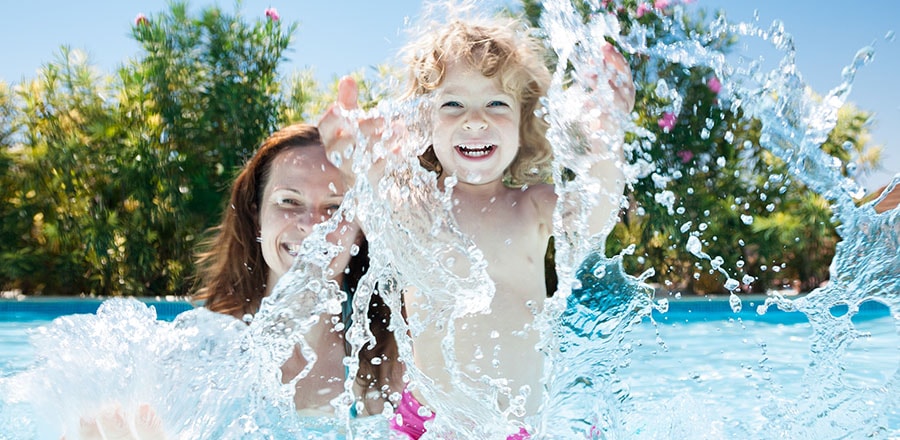
The perfect pool temperature is a concept that has remained hotly debated among enthusiasts since the inception of public baths and swimming pools. Whether you’re trying to cool off on a scorching day or merely trying to relax your body after a long one, the last thing you want when you finally touch that water is a massive shock to the system.
So how does someone achieve the mythical mystery number of the perfect pool temperature? This week we review advice from experts and enthusiasts alike as we attempt to dive to the bottom of it and find out.
Perfect Pool Temperature
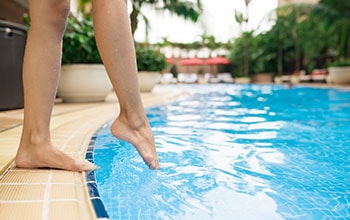
So what is the ideal temperature for your swimming pool? The frustrating fact of the matter is, there isn’t some singular magical number that works for everyone and every pool.
Of course, you may find recommendations from organizations such as the Red Cross and International Swimming Federation for the ideal pool temperature for competition. However, there’s a big difference between what is optimal for professional athletes in the throws of competitive swimming versus what works best for a casual dip in your pool at home.
The hard truth of the situation is that there is a wide variety of mitigating factors that can affect the temperature of your pool. Even the presence or absence of people can dramatically change it. Also, a person’s perception of what is a comfortable temperature is subjective and based on factors of their own. Furthermore, research has indicated that water temperature can have a direct impact on thermoreception, hormonal secretion, and muscular activity.
While there is no universally accepted recommendation on what makes the perfect temperature for your pool at home, there are some fundamental factors to consider based on the circumstance at hand. The most common temperature window for residential pools is somewhere between 78°F (26°C) and 85°F (29°C) for general usage. However, this isn’t a one-size-fits-all approach and may need adjustment based on who is using your pool and why.
Optimal Ranges
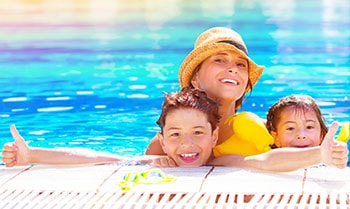
For example, with younger swimmers just learning or simply enjoying the water, the Red Cross recommends a minimum temperature of about 84°F (29°C). This helps keep them comfortable as they attempt to learn and prevents breathing difficulties from the cold. It also keeps their muscles warm and relaxed.
On the opposite end of the spectrum, there are factors to consider for elderly swimmers as well. People tend to become more sensitive to dramatic temperature shifts as well as vulnerable to their potential consequences. As such, you should consider raising your temperature to somewhere between 83°F (28°C) and 88°F (31°C) if someone older is planning on swimming in your pool.
The range is based on a combination of personal preference and what activity level is expected to take place, with the temperature decreasing as activity increases. The higher-than-normal base temperature is excellent for an elderly person’s muscles and joints, and water-based exercises have been proven to be extremely beneficial to those living with rheumatism and arthritis.
Outside of the personal factors at play, there are the critical chemical properties of your pool to consider as well. As an owner, you understand the delicate balance that comes with trying to maintain your pool properly. Even if you hire someone else to take care of your pool, you should have some basic understanding of what it takes to do so.
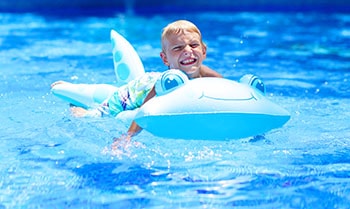
Chemically treating your pool can quickly become a challenging task based on temperature fluctuations and extremes. Bacteria and algae thrive at temperatures north of 85°F (or about 29°C), which can deplete your chlorine as it attempts to combat them, throwing the pH of your pool into chaos. Conversely, too cold of a temperature slows the chemical reactions, which may lead to over-chlorination if not adequately monitored and treated.
Alongside personal preference and chemical balance, you need to consider the physical impacts on your pool as well. Pool heaters may become strained from excessive usage and temperature fluctuations, and salt chlorine generators are unable to operate below 60°F, or about 15°C. Thankfully this isn’t much of an issue for automatic pool cleaners. These robust robots can function within a remarkably wide temperature window.
For the best long-term care of your pool, it is best to maintain a stable temperature and not adjust it dramatically for occasional use. Additionally, this will help level your overall energy consumption and help keep maintenance costs to a minimum.
Conclusion
Unfortunately, there is no magic number to achieve the perfect pool temperature. A combination of personal preference and activity level can dramatically shift the scale and can also change at any time. It is best to choose an average temperature that you can safely maintain that comfortably caters to as many people and as full of a range of activities as possible.
While it may take a bit of experimenting and trial and error to find a temperature that works best for you, figuring it out ensures everyone can enjoy your pool for many years to come. Also, be sure to follow us on social media and check back frequently for the latest tips and advice directly from the Cleanup Expert!

Pool Maintenance Tips & Tricks
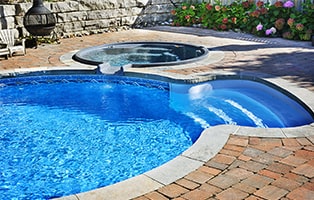
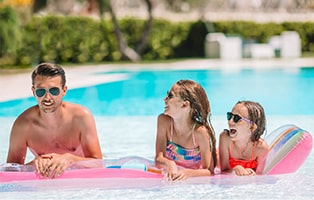
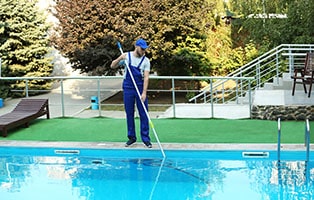
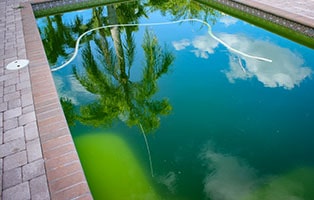
The problem in Florida is cooling pool water that has gotten too hot. Evaporation is the solution, – install a spray from one or two outlets or create a waterfall, run the pump at night. Of course this means watching the water level carefully. Where we are, the hottest time of the year is also when we get lots of rain, sometime overflowing the pool. And then … and that affects … , a domino effect from hour to hour. BUT WORTH IT!!
I think it’s actually based on the user’s preference. For us, we like our pool water warm as it gives us a more relaxing environment to swim around.